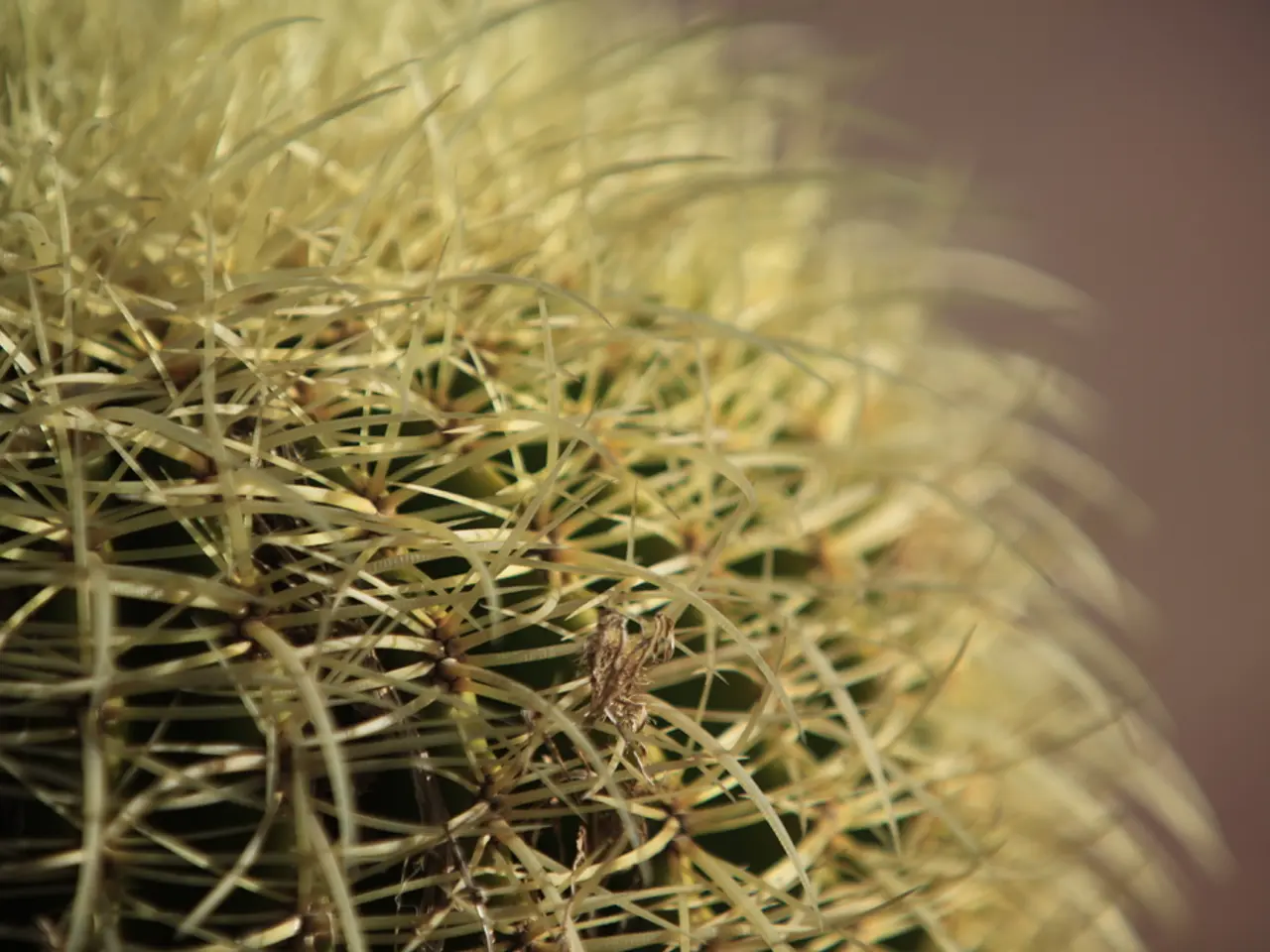Banana Plant Indoor Growing Guide: All You Need To Know About Growing Indoor Banana Trees
("Indoor Banana Plant Cultivation: Comprehensive Guide for Successful Growth")
Growing a banana plant indoors is a fascinating idea, but it's crucial to choose the right variety, as most banana trees are tropical and need specific conditions to thrive. This guide will walk you through everything you need to know about caring for an indoor banana plant, from light and water requirements to temperature, humidity, soil, fertilization, and more.
Can You Grow a Banana Tree Indoors?
Absolutely! You can grow dwarf varieties of banana trees indoors, which will usually top out at under 10 feet (3 m). However, it's important to note that while it is possible for these plants to produce fruit, it is not common for them to do so indoors, and it may take several years.
Indoor Banana Plant Care
Light
Banana plants love light; they need at least 6 to 8 hours of direct sunlight daily to grow well. If you don't have access to a spot with that much light, you can supplement with grow lights.
Water
Banana plants are thirsty plants, but they don't like having consistently soggy roots. Keep the soil evenly moist, watering every 2 to 3 days during the summer and reducing frequency in winter to every few weeks.
Temperature & Humidity
Banana plants prefer warm and humid conditions, around 80-89°F (27-32°C) during the day and no lower than 69°F (20°C) at night. A humidifier near the plant can help maintain the right humidity levels, and misting daily will also increase humidity.
Soil
Choose a potting soil mix that is well-draining and rich in organic matter. You can add ingredients such as perlite and vermiculite to improve drainage.
Fertilizer
Banana plants are heavy feeders and should be fertilized weekly with a balanced liquid fertilizer during their growing season from spring to fall. Dilute the fertilizer to half strength to avoid over-fertilizing.
Problems, Pests & Diseases
Be careful not to overwater the roots, as this can lead to fungal diseases. Common issues include anthracnose, wilt, and mosaic virus. Over-fertilization can also be a problem, resulting in burned leaf tips. Watch for common pests such as red spider mites, aphids, scale, and mealybugs.
Pruning an Indoor Banana Plant
Occasionally, you may need to prune your indoor banana plant to keep it looking its best. Remove any dead, diseased, or damaged leaves with sterile shears, cutting an inch or so from the trunk. Also, remove any suckers that are growing from the rhizomes.
Propagation
Indoor banana plants will often produce suckers or "pups" that can be easily separated for propagation and grown into new plants. Allow the rhizome to dry out for 48 hours before planting the pup.
Repotting
Indoor banana trees should be repotted once a year in a container 2-3 inches larger than their current pot.
Best Indoor Banana Plant Varieties
Dwarf varieties are the best choices for growing indoors, such as the Dwarf Cavendish, Dwarf Red, or Veranda varieties.
Frequently Asked Questions
Are Banana Plants Hard to Keep Alive?
Some varieties are easier than others, but if you can provide the right conditions and care, banana plants can be relatively easy to maintain.
How Do I Know If My Banana Tree Will Produce Fruit?
Indoor banana plants can take up to 3-4 years to flower, and fruiting depends on the variety of banana and whether its requirements are being met, including enough light. You should aim to provide at least 12 hours of sunlight per day for the best chance of fruiting.
Amy Grant
Amy Grant is a gardening enthusiast with 30 years of experience and 15 years of writing experience, specializing in culinary gardening.
Incorporating a home-and-garden element into your lifestyle, consider growing a dwarf indoor banana plant. By providing the right lighting, watering, temperature, humidity, soil, fertilization, and care, you could enjoy the unique experience of having a banana tree thrive in your home-and-garden environment. Additionally, with the appropriate variety and attention, your indoor banana plant might even produce fruit.




